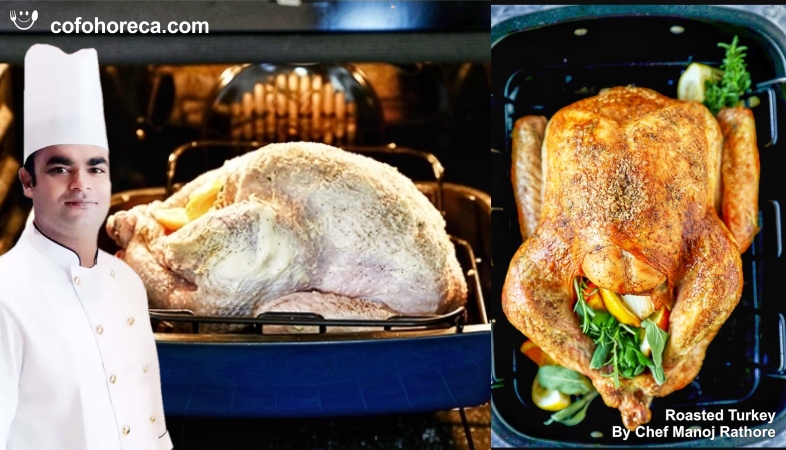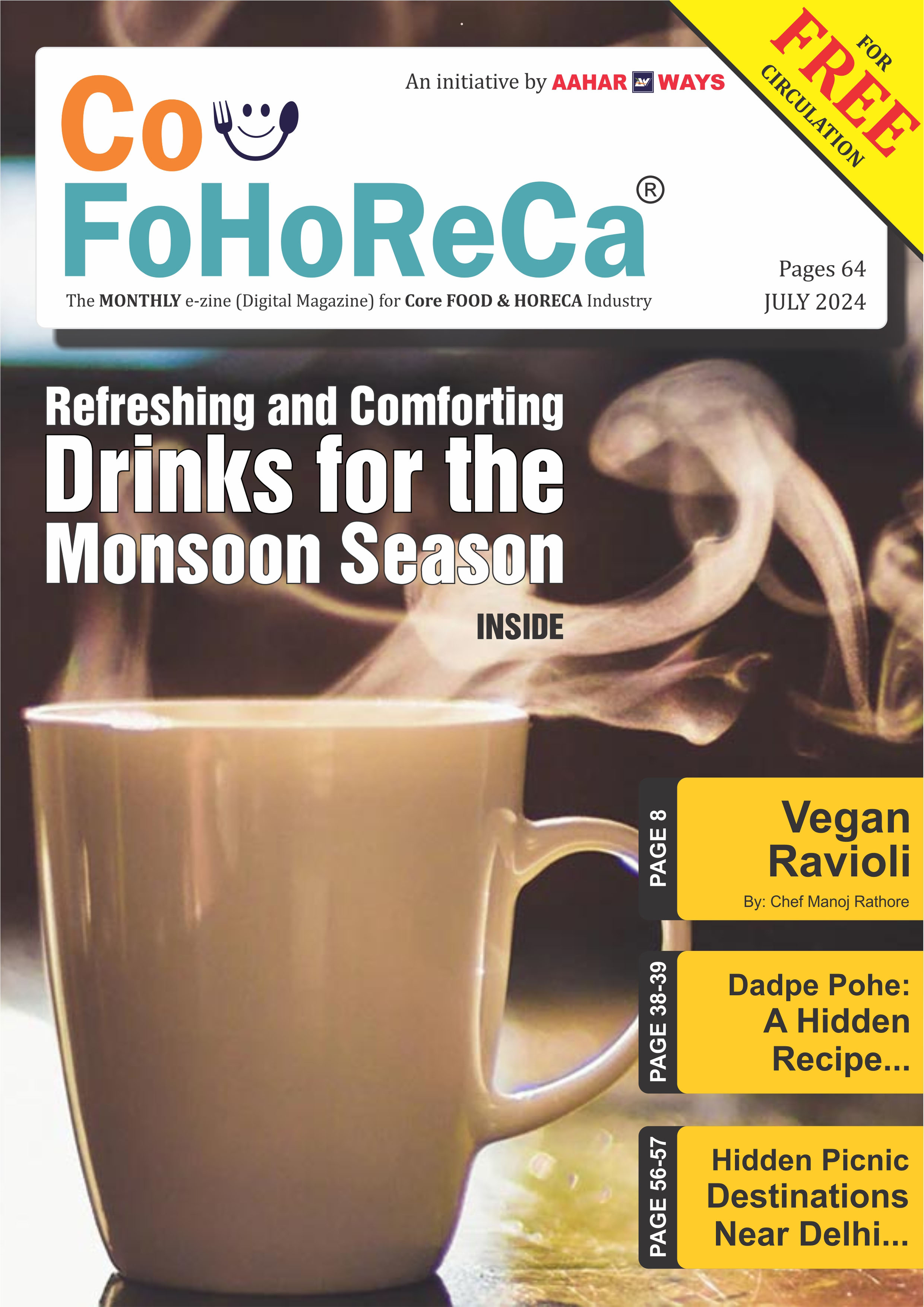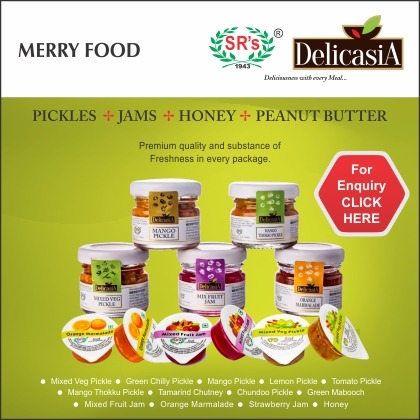Quality Assurance in Kitchen Stewarding: Implementing Standards and Checklists for Consistent Performance
Implementing standards and checklists is essential for ensuring quality assurance in kitchen stewarding.

In the fast-paced environment of kitchen stewarding,
maintaining high standards of cleanliness, organization, and efficiency is
essential for ensuring smooth operations and upholding food safety standards.
Let's explore how implementing standards and checklists can help kitchen
stewards deliver consistent performance and quality assurance in their daily
tasks.
Establishing Standards:
The first step in ensuring quality assurance in kitchen stewarding is to establish clear standards for cleanliness, organization, and operational procedures. These standards should be based on industry best practices, regulatory requirements, and the specific needs of the establishment. By defining expectations and setting benchmarks for performance, kitchen stewards can strive for excellence and maintain consistency in their work.
Developing Checklists:
Checklists are valuable tools for ensuring that all tasks are completed thoroughly and efficiently. Kitchen stewards can use checklists to outline daily, weekly, and monthly cleaning tasks, as well as maintenance and safety procedures. Checklists should be comprehensive, easy to follow, and tailored to the specific needs of the kitchen environment. By systematically checking off tasks as they are completed, kitchen stewards can ensure that nothing is overlooked and that all areas are maintained to the highest standards.
Training and Education:
Quality assurance in kitchen stewarding relies on the competence and proficiency of the staff. Proper training and education are essential for ensuring that kitchen stewards understand their responsibilities, know how to use cleaning equipment and chemicals safely, and are aware of food safety protocols. Ongoing training sessions and refresher courses can help reinforce standards and keep staff up-to-date on best practices and industry trends.
Regular Inspections and Audits:
Regular inspections and audits are critical for monitoring compliance with established standards and identifying areas for improvement. Kitchen managers or supervisors should conduct routine inspections of the kitchen and storage areas to assess cleanliness, organization, and adherence to protocols. Audits can also be conducted by external agencies or third-party inspectors to provide an objective assessment of performance and compliance with regulatory requirements.
Feedback and Continuous Improvement:
Feedback mechanisms should be in place to allow kitchen stewards to provide input on processes, procedures, and equipment. Encouraging open communication and soliciting feedback from staff can help identify issues and opportunities for improvement. Additionally, establishing a culture of continuous improvement where suggestions are welcomed and acted upon can foster a sense of ownership and accountability among kitchen stewards.
Documentation and Record-Keeping:
Maintaining accurate documentation and records is essential for quality assurance and compliance purposes. Records should include cleaning schedules, maintenance logs, inventory reports, and incident reports. By documenting all activities and procedures, kitchen managers can track performance, identify trends, and demonstrate compliance with regulatory requirements.
Implementing standards and checklists is essential for ensuring quality assurance in kitchen stewarding. By establishing clear expectations, providing training and education, conducting regular inspections and audits, soliciting feedback, and maintaining accurate documentation, kitchen stewards can deliver consistent performance and uphold the highest standards of cleanliness, organization, and food safety in the kitchen environment.
.png)





.jpg)










.jpg)












